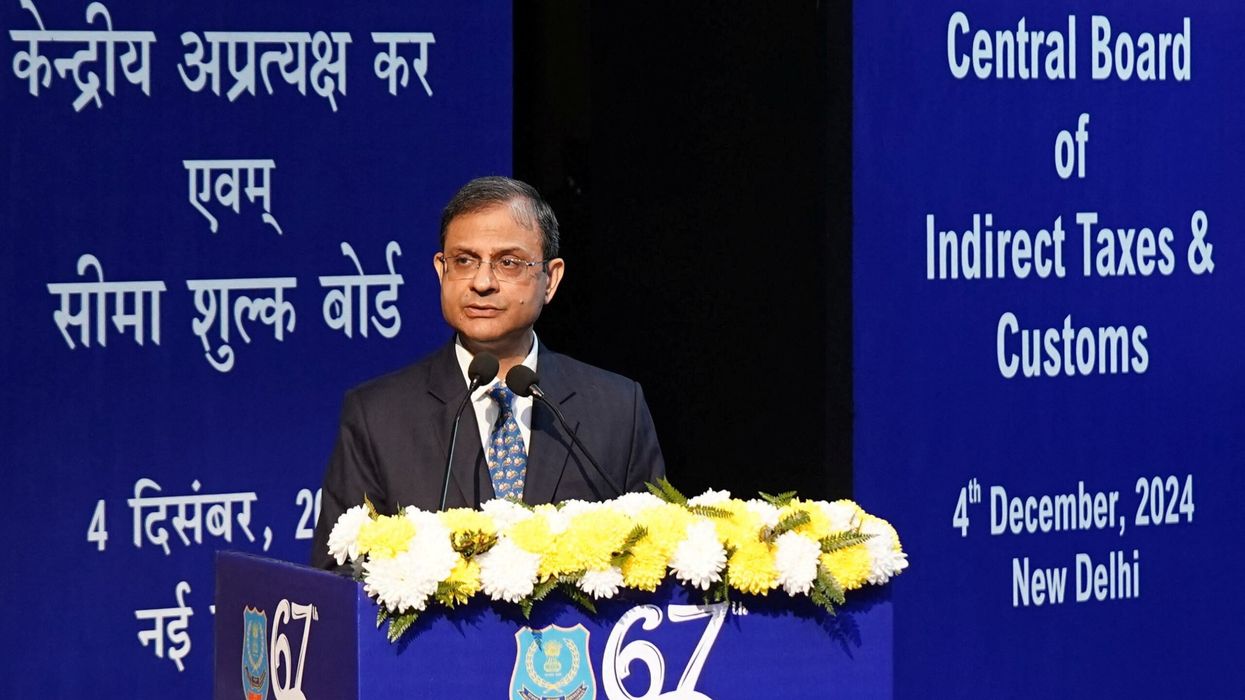INDIAN government is hoping to complete stake sales in Air India, BPCL along with some other identified state-run companies in the current financial year, Department of Investment and Public Asset Management (DIPAM) secretary Tuhin Kanta Pandey said.
It will also float the expression of interest for stake sale in logistics firm Concor after the finalisation of the land lease policy, he said during a CII summit.
Besides, the government is expecting a Rs 500 billion (£4.8bn) in dividends from public sector companies this fiscal, and is working on a Rs 6 trillion (£58.5bn) asset monetisation plan.
“The disinvestment agenda has been put on fast track through the unveiling of the new PSE (public sector enterprises) policy, notified on February 4, 2021, which is expected to be an important policy for the next five years and will result in increase in privatisation in the economy” Pandey said.
As mentioned in India’s Union Budget document, major disinvestments in pipeline this year include Air India, BPCL, Shipping Corporation of India, BEML, Pawan Hans and Neelachal Ispat Nigam.
In all these enterprises, the government has received interest from bidders.
Pandey also reiterated the government’s aim of listing the insurance giant LIC by the end of this year.
“A mega listing in LIC is planned this year, which will be the biggest of its kind in history of Indian stock market,” he said.
The government has set a target of raising Rs 1.75 tn (£17bn) from privatisation of state run enterprises in the current fiscal year, but the process had been significantly impacted by the coronavirus pandemic.
“A big asset monetisation pipeline is in place where the government looks forward to private sector participation. The government is also talking about closure of enterprises quite openly for the first time, in case it cannot be disinvested. In the non-strategic sectors, the direction is that either we privatise or close,” he said.












